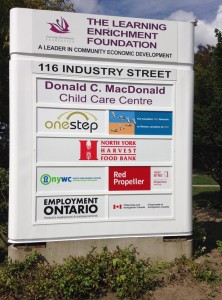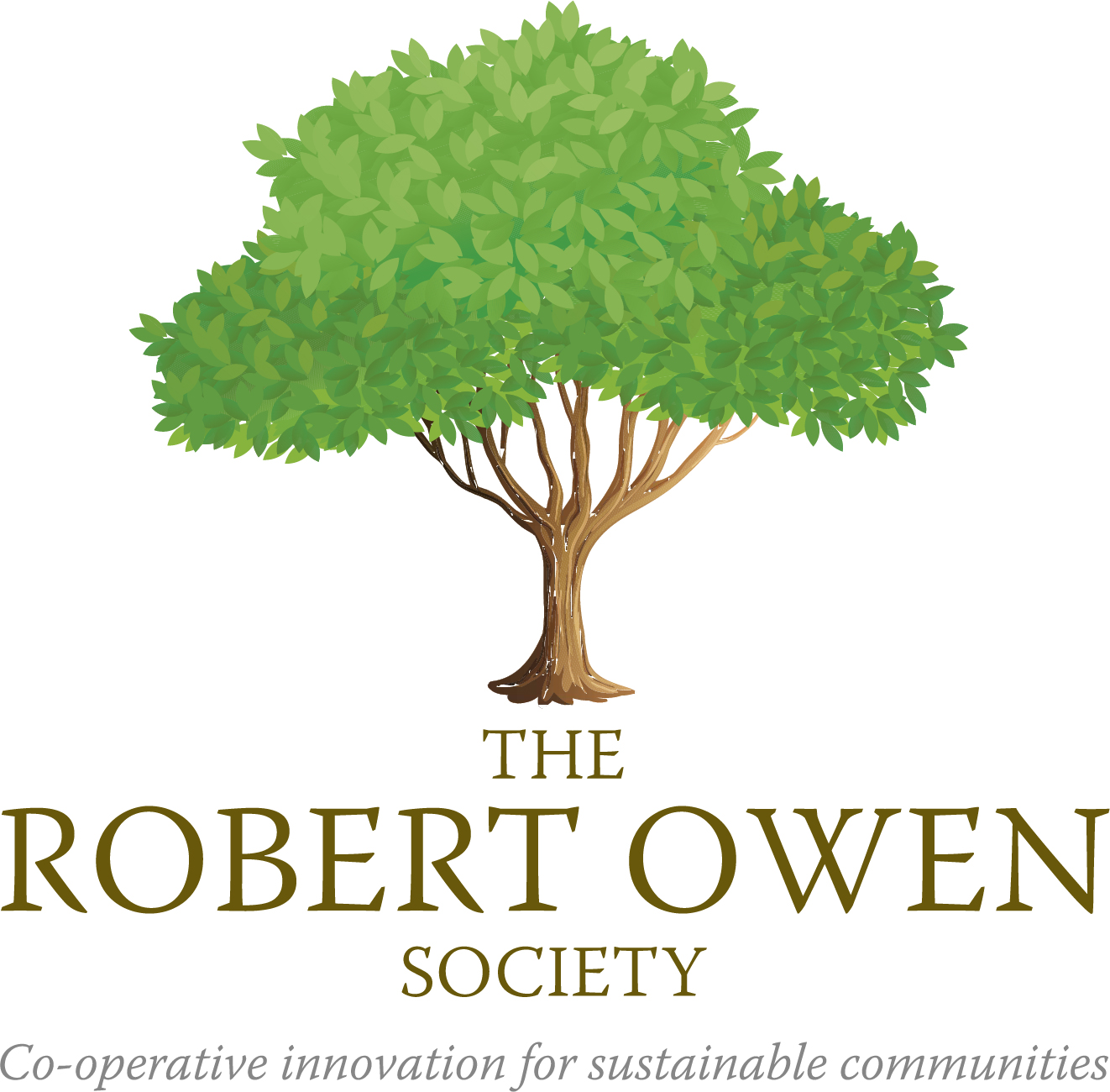
The Learning Enrichment Foundation is a community-based nonprofit that provides numerous services to a large number of clients. Its focus is on providing employment, settlement, childcare and training services, but it is increasingly leveraging its capital assets and significant human resources to support and invest in other community initiatives. With a staff of over 300 and an operating budget of close to $20 million dollars, LEF is finding new ways to support its nonprofit and charity partners through cross-service synergy and “co-creation”.
LEF is very familiar with the development and implementation of SE operations and strategies (e.g. operating a bicycle repair facility to provide employment and training opportunities to its clients), and provides networking and capacity building in the field. In addition to its in-house SE work, LEF sub leases space in its property at 116 Industry Street in Toronto and provides back office supports to other organizations. This facility currently houses the North York Harvest Food Bank, the Ontario Network of Employment Skills Training Projects, the Canadian Community Economic Development Network for Ontario, Red Propeller, and the North York Women’s Centre. It also rents out space for workshops and events. At a property LEF owns around the corner from their main hub, LEF rents space to another local non-profit for satellite services. LEF provides these services for no profit because they perceive their partners’ goals for their clients to be similar to their own, and worthy of support in the long term.
Community Background
LEF started in 1978, with a small, one-time grant to a group of community members for a multicultural theatre project for children, but quickly diversified its services to offer skills training and youth counselling. By the early 1980s, LEF had opened childcare centres, launched employment services, and expanded their skills training opportunities.
They are dedicated to the former City of York, but are open to clients across the GTA. Their neighbourhood is an area with remarkable community spirit and diversity, but with the difficult challenges that come with having the highest level of poverty in the Greater Toronto Area and being one of the poorest communities in Ontario.
LEF is now among the largest such organization serving the former City of York. They credit their founders for their entrepreneurial spirit and deep belief that anything was possible. Today, LEF’s programs, services and resources position them as a hub for community economic development and social enterprise, serving many thousands of families every year.”
Development History
LEF’s current back office SE offerings developed as a result of informal discussions with the North York Harvest Food Bank (NYHFB). They were facing a crisis. When NYHFB was unable to renegotiate a lease for the space they were using, LEF was concerned that if they were to enter the conventional rental market, NYHFB would need to pay more than six times what they had been paying. LEF assessed that for little expense, it was feasible to lease some of its existing space to NYHFB for a significant term. The services of the two organizations were complementary in many ways, without being competitive. Once located together, clients of each organization would be exposed to, and have better ability to access, the services of the other. The decision was made mutually, with strong commitments from the senior leaders of each organization. Subsequently, LEF investigated more ways to leverage their capital assets and human resources, and they are now providing space and administrative support to a number of charities, non-profits and for-profit SEs.
Organizational Structure
The Social Enterprise activities of LEF are limited to arrangements and contracts with its nonprofit sector partners. These are managed on an ad hoc basis, and are pursued neither through a separately incorporated body, nor through conventional marketing activities.
Partnerships
Initial discussions with NYHFB led LEF to its current SE activities. NYHFB remains a good partner for LEF, providing opportunities for participants in forklift training and certification programs to learn how to move freight and perishables in a real work setting. LEF also maintains good working relationships with its other partner-tenants, who were engaged based on their cultural fit with LEF. LEF considers the formation of good and close working relationships as a vital criterion when considering whether to take on new tenant partners or organizational clients.
Finances
LEF receives no outside funding to support its SE activity. It accrues up to $100,000, or approximately 0.05% of its annual operating budget of $20 million, from rent and administrative service contracts.
Outcomes and Impacts
LEF’s SE activities provide at-cost rent to nonprofit organizations that might otherwise struggle to operate in Toronto’s competitive rental market. Co-location and deliberate co-creation is a strategy intended to improve each participating organization’s ability to serve its clients.
LEF’s tenant-partners each have services that they can offer one another, which in turn strengthens them all, and this creates opportunities to save money, learn more skills and competencies, and access broader networks. Impacts include new employment networks for clients, opportunities to share professional development, new funding possibilities, and the creation of new social enterprises. The financial incentives for LEF’s back office SE activities pale in comparison to the improvements in service and network building that have resulted.
Challenges
The primary challenge for LEF is to maintain good relationship with tenants and to ensure a non-competitive attitude related to funding.
Lessons Learned
Peter Frampton, LEF’s Executive Director, claims that “the most important thing is to commit”. They have committed to long term leases with their tenants. This provides stability, and encourages parties to solve difficulties as they arise, rather than exiting if there’s a disagreement.
Since LEF’s tenant-partners operate complimentary organizations there is less chance of competition. Some community service hubs create discrete silos where people line up for separate services and there is little to no interaction across organizational lines. When services are siloed, there is less room for service improvement or finding methods of creating synergy between programs or organizations. LEF’s approach is based on an organization’s ability to pay, rather than its market rent, and takes into account the potential for collaboration and co-creation. The objective is to allow each tenant to contribute to the overall community at 116 Industry Street and have the opportunity to leverage their neighbours’ skills and assets.
Frampton advocates for a high level of communication and transparency: “We made sure everyone working on site knew that they could chat with us if there was a complaint or problem.”
Vision for the Future
LEF is preparing to use its available space to provide more opportunities for programming in the community.
